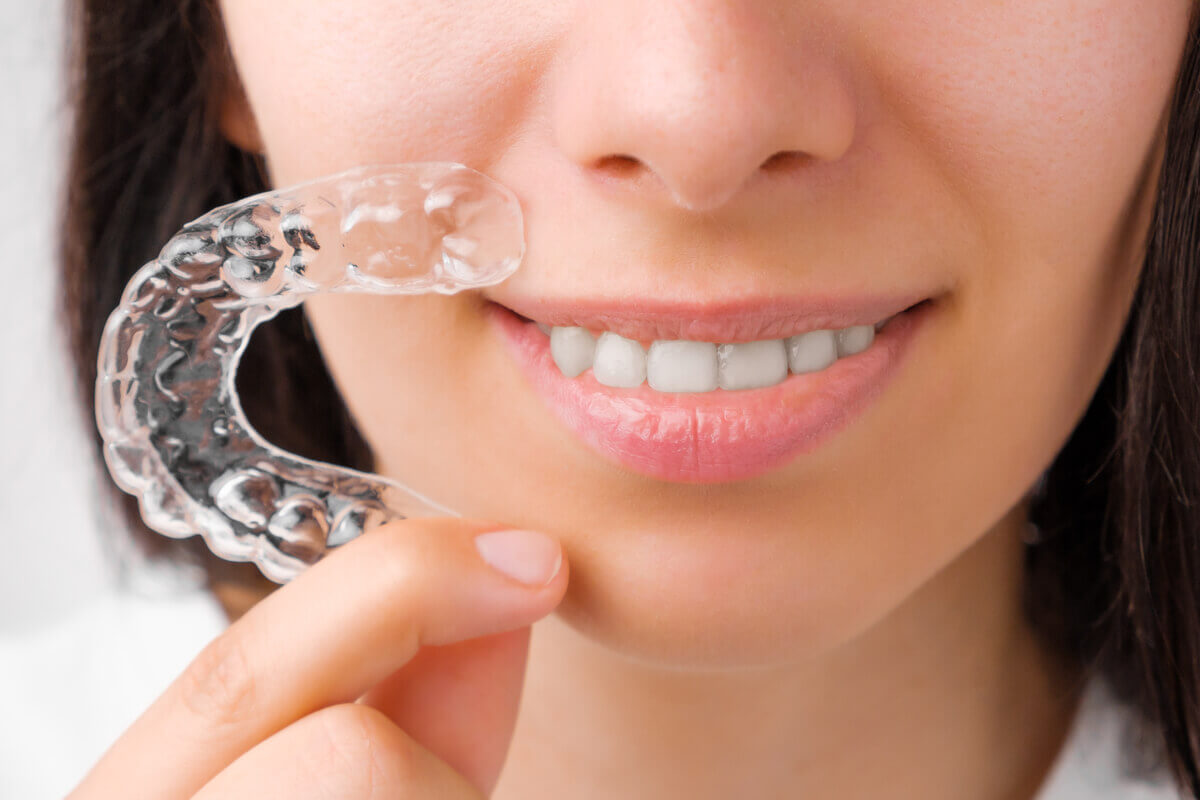
En el post de hoy te contamos qué tener en cuenta para elegir la ortodoncia para adultos más adecuada para ti. ¡No te lo pierdas!
Atrás quedó la creencia de que la ortodoncia es sólo para niños. No hay edad para mejorar la estética y funcionalidad de los dientes, y la ortodoncia es el tratamiento conservador más eficaz para corregir la maloclusión. Pero, ¿Cuál es la mejor ortodoncia para adultos?
Post sugerido: Ortodoncia en adultos: ¿Hasta qué edad me puedo hacer un tratamiento de ortodoncia?
Aquí van algunas cuestiones que debes tener en cuenta para hacer la mejor elección.
Elegir la mejor ortodoncia para adultos depende de varios factores, incluyendo la naturaleza de la maloclusión (problema de alineación dental), las necesidades del paciente y las recomendaciones del ortodoncista.
Recuerda que cada caso es único, y la elección de la mejor ortodoncia para adultos dependerá de tus necesidades individuales. Un ortodoncista será tu mejor aliado para ayudarte a tomar una decisión informada y guiarte a lo largo del proceso de tratamiento.
Estos son los principales tipos de ortodoncia para adultos:
La ortodoncia mejora la estética dental, la función masticatoria y de la salud oral, y permite la corrección de problemas de mandíbula y articulación temporomandibular.
Todos los tipos de ortodoncia tienen sus ventajas y consideraciones. Si estás pensando en empezar un tratamiento de ortodoncia en la edad adulta, te animamos a pedir cita con nuestro equipo de ortodoncistas en Granada para que evaluemos tu caso y determinamos cuál es la mejor opción de ortodoncia para ti.
Aunque la extracción de la muela del juicio sea una intervención rutinaria e indolora, el postoperatorio es clave para evitar complicaciones y asegurar una buena cicatrización. En este artículo, te explicamos qué cuidados son esenciales para una pronta recuperación. Lectura sugerida: ¿Cuándo quitar las muelas de juicio? ¿Qué esperar tras la extracción de la muela […]
Una de las causas por las que el dentista puede valorar la opción de quitar las muelas del juicio, es una infección avanzada. Sin embargo, un diagnóstico temprano de la infección puede tratarla a tiempo y evitar la extracción, así como otras complicaciones. Si te interesa este tema, sigue leyendo. En este artículo de Clínica […]
Tan importante es una cirugía exitosa, como un correcto postoperatorio de los implantes dentales. En este artículo te contamos qué recomendaciones deben llevarse a la práctica para que los implantes dentales sean todo un éxito. Cuidados en el postoperatorio de los implantes dentales Una vez que el implante ya está colocado en su lugar, comienza […]

“Clínica Noguerol Sociedad Limitada ha sido beneficiaria del Fondo Europeo de Desarrollo Regional cuyo objetivo es mejorar la competitividad de las Pymes y gracias al cual ha puesto en marcha un Plan de Marketing Digital Internacional con el objetivo de mejorar su posicionamiento online en mercados exteriores durante el año 2022/2023. Para ello ha contado con el apoyo del Programa Xpande Digital de la Cámara de Comercio de Granada”
Fondo Europeo de Desarrollo Regional Una Manera de Hacer Europa
Todos los derechos reservados © 2023. Clinica Noguerol S.L. – Web desarrollada por CMA Comunicación.